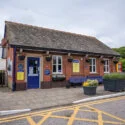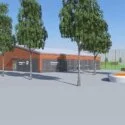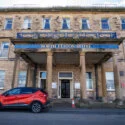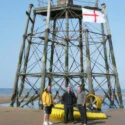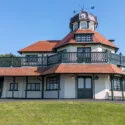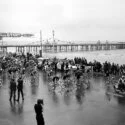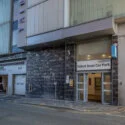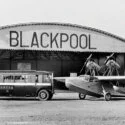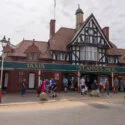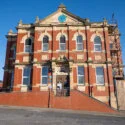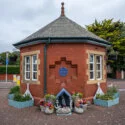St John’s CE Primary School may appear modern with its striking, award-winning building, but its legacy stretches back over two centuries. Established in 1817, when Blackpool was a small village of around 750 people, the school was born out of a community effort led by John Gisborne. Recognising the lack of educational provision for local children, he gathered subscriptions from residents, friends, and visitors to fund the town’s first free school. The original school building was constructed on Church Street—then known as Poulton Road—and the school has remained on that site ever since, apart from short breaks during rebuilding phases. Originally named Blackpool National School, it began with just 40 pupils. As the town expanded, particularly with the arrival of the railway, enrolment soared. By 1884, 465 children were attending St John’s—an impressive number considering the size of the old school buildings. Over the years, the school underwent several phases of remodelling, and up until the 1970s still featured outdoor toilets. In 2009, the school moved into a purpose-built, modern facility designed to reflect both heritage and innovation, complete with rooftop playgrounds that offer stunning views across the sea and Blackpool’s iconic attractions.
Throughout its long history, St John’s has opened its doors to generations of families from across the local area and beyond. During the Second World War, the school welcomed evacuees from London, and again in the 1950s, pupils from the Suez zone found refuge there. This spirit of inclusivity and care continues today, ensuring that every child is greeted with warmth and given the opportunity to thrive in a nurturing, community-focused environment. Choosing St John’s means becoming part of a rich educational tradition—one that honours its past while embracing the future.
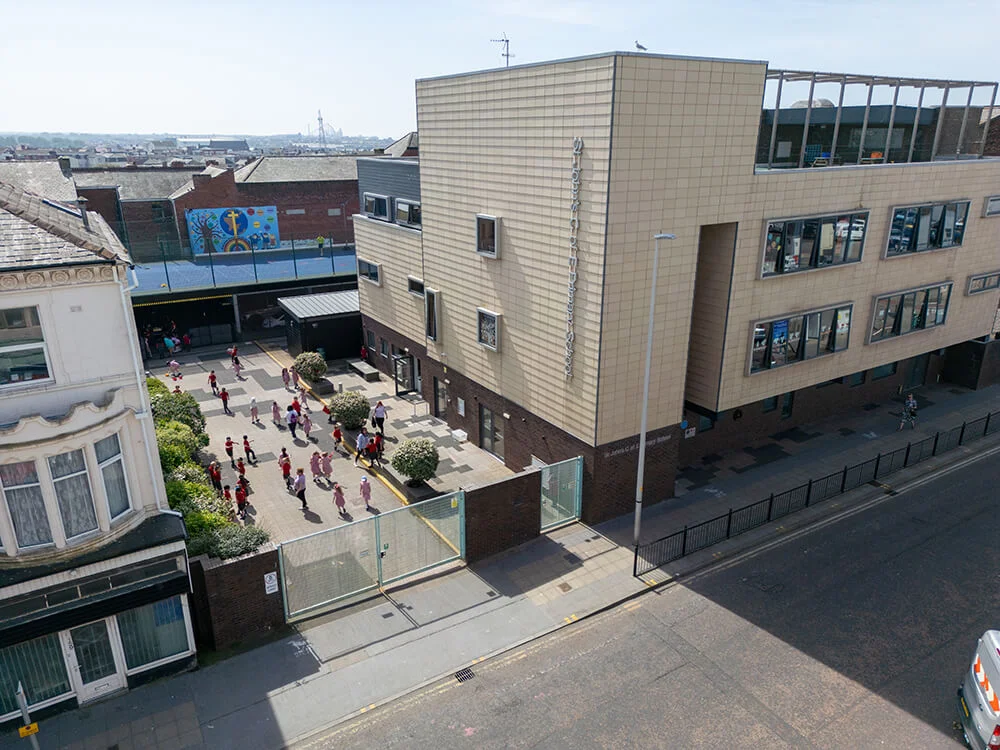
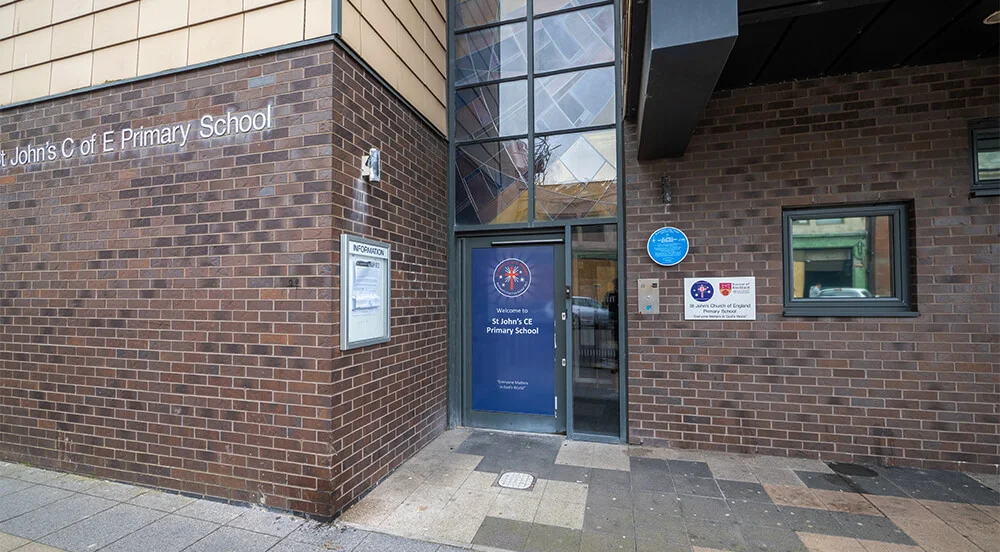
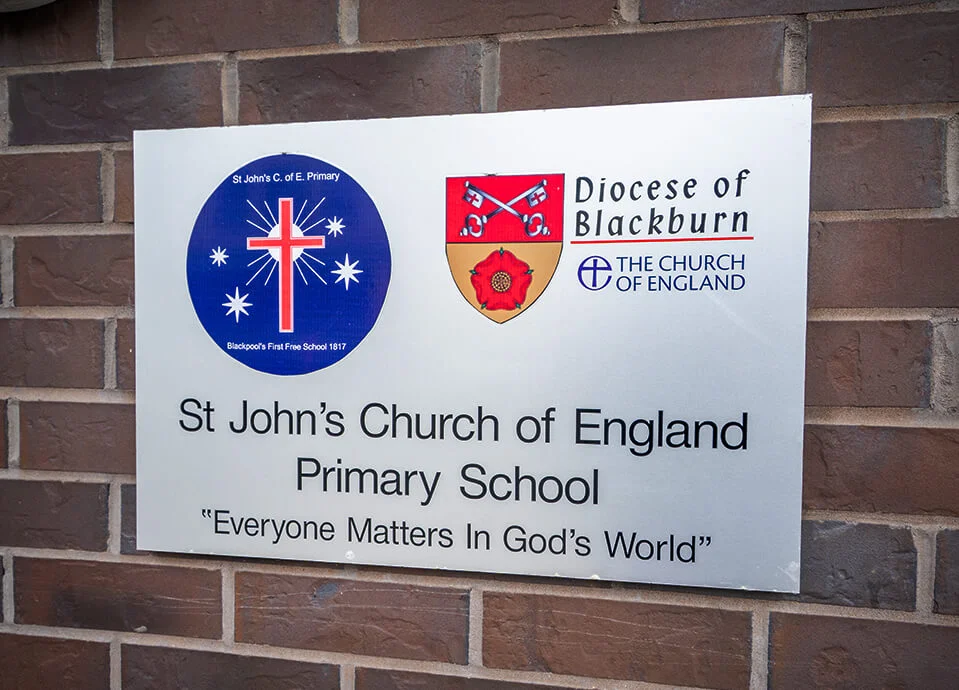
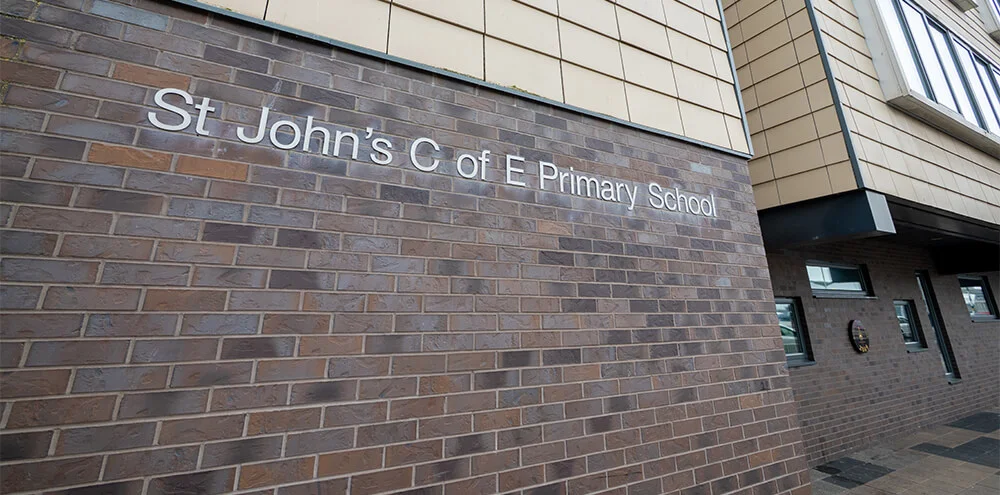
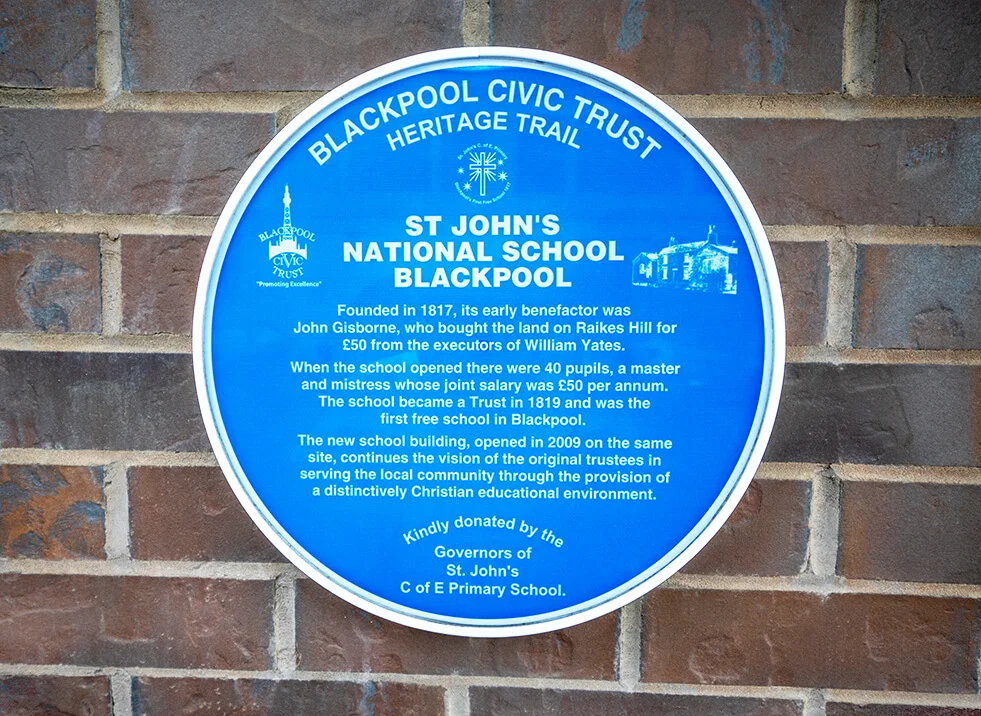
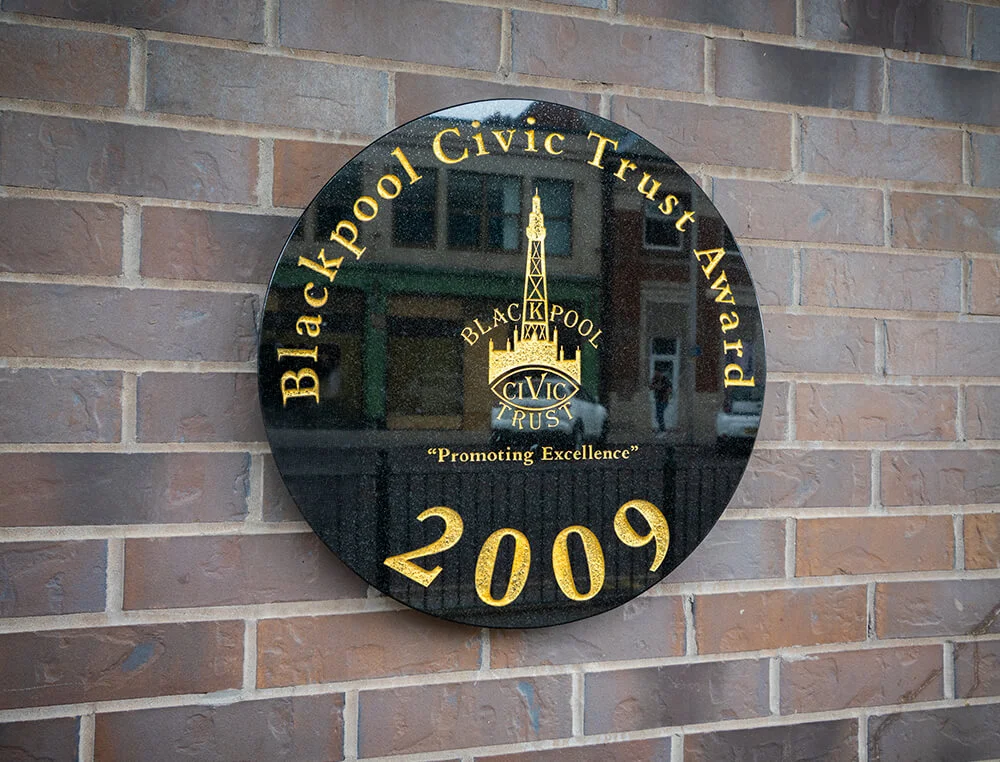
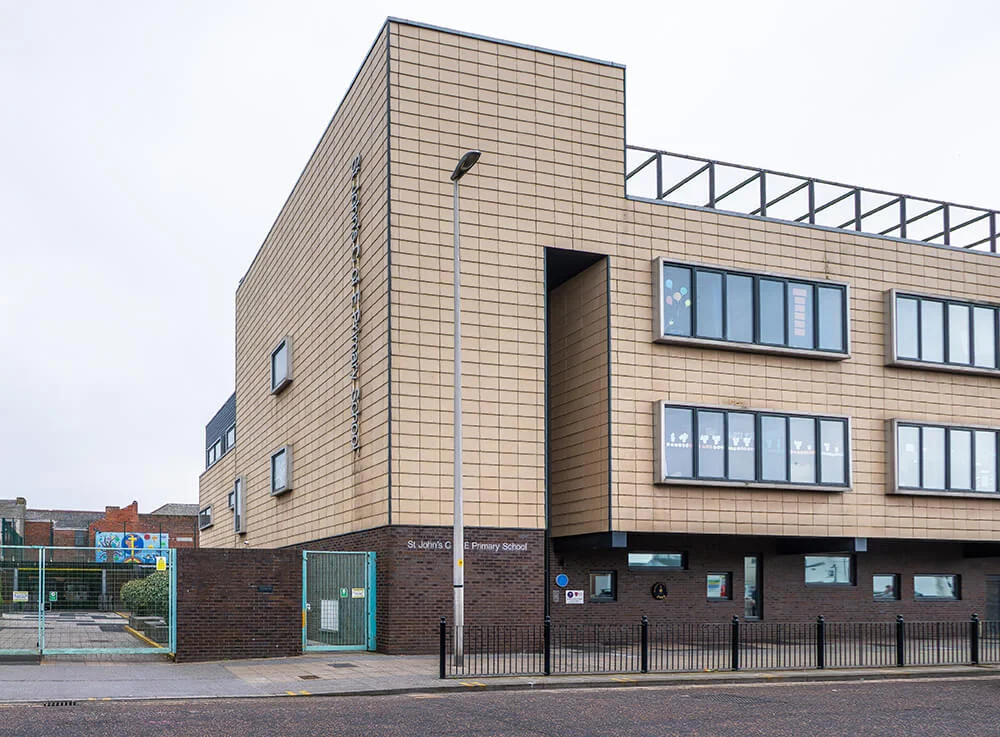
Text source: St John's Primary School'swebsite
Images by © Deeper Blue Marketing & Design Ltd



